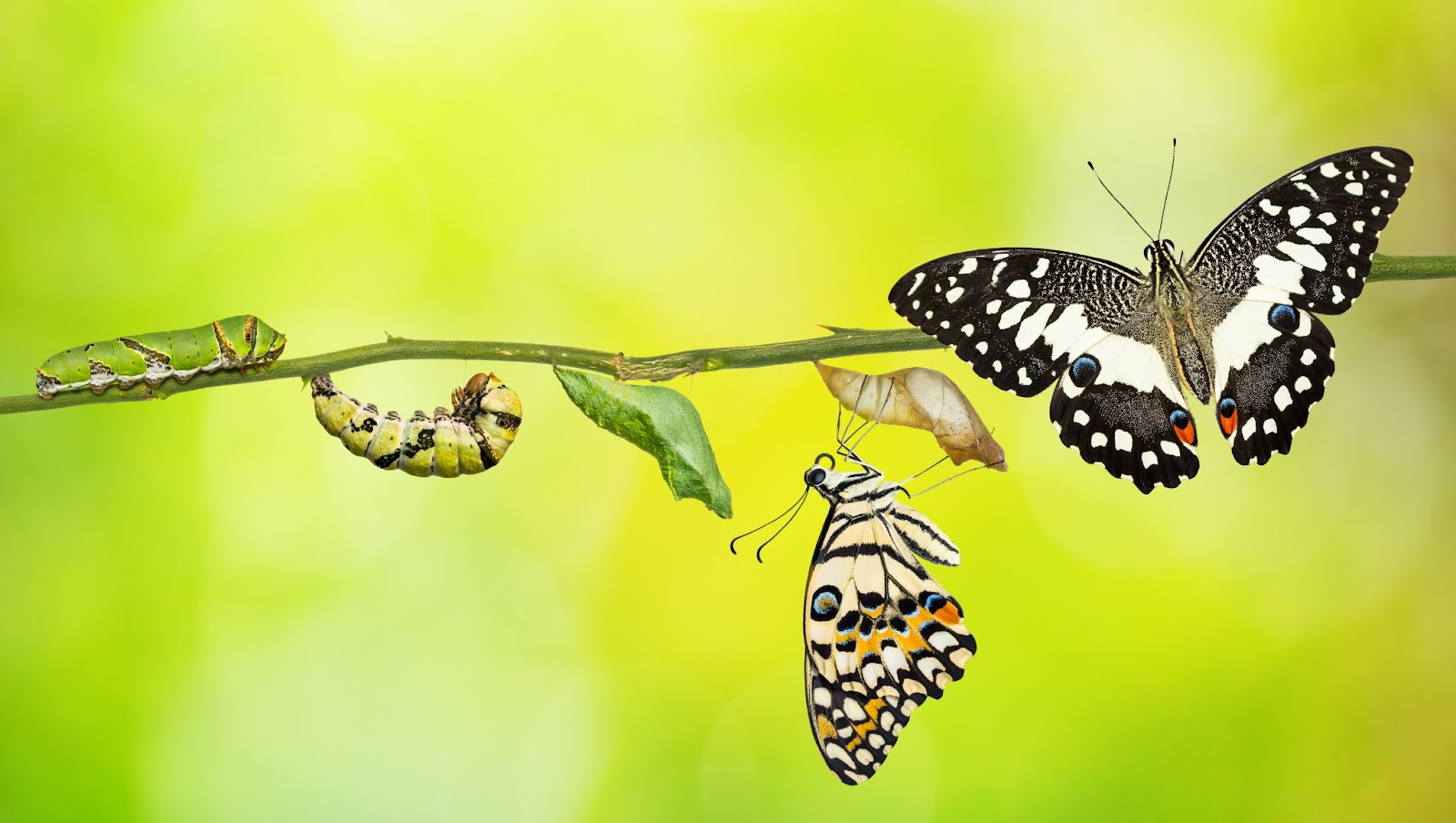What is Indirect Development in biology?
Direct and indirect development are the two main types of animal development. An animal's life begins with the fertilization of its egg. The differences between direct and indirect development become most apparent during the juvenile stage. From conception to sexually mature adults, these two developmental processes take very distinct paths.
After an egg hatches, animals can follow either direct development or indirect development.
In direct development, the offspring resembles a smaller version of the adult and will reach sexual maturity as it grows. Conversely, in indirect development, the newborn looks significantly different from its adult form. This type of development involves multiple stages before reaching adulthood, known as larval stages, and this process is called metamorphosis. This is the primary distinction between direct and indirect development.
An example of indirect development is seen in butterflies, which undergo metamorphosis to complete their development.
Figure- Butterfly undergoing metamorphosis

For example, frogs exhibit indirect development throughout their lives, transforming from tadpoles to young froglets, and ultimately into fully mature frogs.

Transformation in Indirect Development
In indirect development, there is a significant transformation that occurs during the life cycle. The newborn or larval stage has a different form compared to the adult stage. This transformation is known as metamorphosis.
The key points about the transformation in indirect development are:
- Indirect developers undergo a larval stage that is morphologically distinct from the adult form .
- The larval stage has different feeding requirements and behaviors compared to the adult .
- During metamorphosis, the larval form undergoes substantial changes and transformation to develop into the adult form .
- This metamorphosis involves the recycling and reacquisition of developmental potential in differentiated larval cells, rather than just the growth and remodeling seen in direct developers .
- The introduction of this distinct larval stage with the capacity for transdifferentiation is considered a key evolutionary innovation that led to the origin of indirect development in early metazoans .
What is the Purpose of Indirect Development?
- Evolutionary Innovation: Indirect development, involving a distinct larval stage that undergoes metamorphosis, is considered a key evolutionary innovation that emerged early in metazoan (animal) evolution. It allowed for new developmental possibilities and adaptations.
- Developmental Flexibility: Indirect development involves the recycling and reacquisition of developmental potential in differentiated larval cells. This developmental flexibility, which allows transitions between differentiated states, likely has ancient origins predating multicellularity.
- Adaptation to Different Ecological Niches: The larval and adult stages in indirect developers often occupy different ecological niches and have different feeding requirements. This allows the organism to exploit a wider range of resources and environments.
- Increased Reproductive Output: Indirect developers often produce more, smaller eggs compared to direct developers. This can increase the overall reproductive output and dispersal capabilities of the organism.
- Larval Specialization: The larval stage in indirect developers can become highly specialized and adapted for a particular function, such as feeding or dispersal, that is distinct from the adult form.
Difference Between Direct and Indirect Development in Biology
| Characteristic | Direct Development | Indirect Development |
| Definition | Development in which the newborn resembles the adult form | Development in which the newborn takes a different form compared to the adult |
| Metamorphosis | Absent | Present, involving larval stages |
| Larval Stages | Absent | Present, with different feeding requirements than adults |
| Examples | Mammals, reptiles, birds | Insects, some echinoderms, amphibians |
| Resemblance to Adult | Newborn resembles the adult | Newborn takes a different form than the adult |
| Yolk Availability | More yolk available for nutrients | Less yolk available |
| Number of Eggs | Fewer, larger eggs | More, smaller eggs |
| Developmental Stages | Embryo directly develops into mature individual | Embryo develops through larval stages before reaching adult form |
Frequently Asked Questions
Indirect development refers to a type of animal development where the newborn or larval stage has a different form compared to the adult stage. The organism undergoes a dramatic transformation called metamorphosis to reach the adult form.
Animals that undergo indirect development include some echinoderms (e.g. starfish), amphibians (e.g. frogs), and many insects (e.g. butterflies, dragonflies). Their young hatch in a larval form that is quite different from the adult.
Direct development is when an animal is born resembling a miniature version of the adult form. The young animal grows and matures without going through a distinct larval stage or dramatic transformation. Examples include mammals, birds, and reptiles.
Humans exhibit direct development. When a human baby is born, it already resembles the adult form, just in a smaller size. The baby then grows and develops into the full adult form without going through a larval stage or metamorphosis.
Yes, metamorphosis is a key characteristic of indirect development. In indirect developers, the organism undergoes a dramatic transformation from the larval stage to the adult form, which is known as metamorphosis. This metamorphosis is what distinguishes indirect development from the direct development seen in many vertebrates.